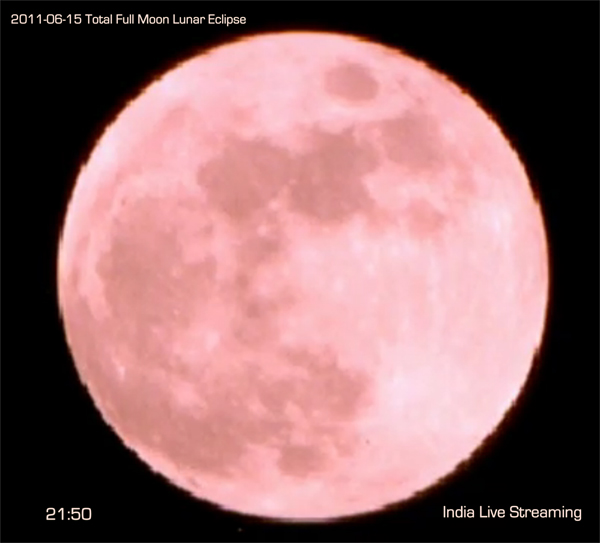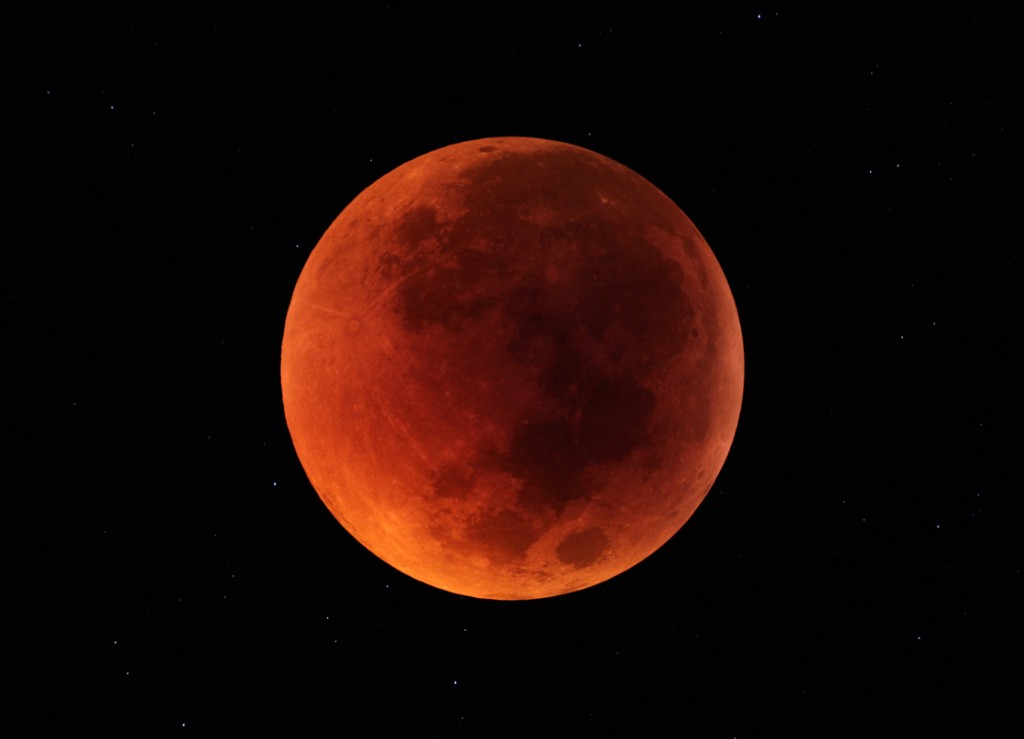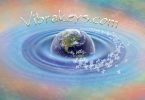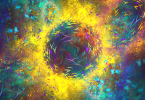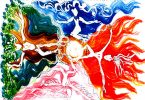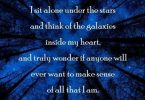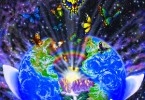Saleena: I was on the wrong side of the Earth to see the Eclipse realtime. Most of the Live streaming websites were malfunctioning. Google and Slooth Space Camera teamed up though I could never get any real footage.
I manage to see a little on the India channel… I was happy though… I managed to capture a few screenshots. I had the most delicious photoshoot of the Full Moon nestled in the most unusual clouds in the wee hours of the morning here on the Big Island, Hawaii.
Photos from others will be streaming in now I suppose. Here are a few of the first ones from SpaceWaether.com:
VOLCANIC LUNAR ECLIPSE:
FIRST IMAGES OF THE LUNAR ECLIPSE: The lunar eclipse of June 15th has just finished. First images are arrriving now: from Australia, Switzerland; New Zealand, Australia, Italy, New Zealand, South Africa, Italy; New Zealand;
On Wednesday night, June 15th, there's going to be a total lunar eclipse visible from every continent except North America. The Moon will spend 100 minutes fully engulfed in Earth's shadow, making this the longest lunar eclipse in nearly 11 years. Maximum coverage occurs on Wednesday night at 20:12 UT. [details] [animated map] [webcasts: #1, #2]
Exhaust from the erupting volcano in Chile could alter the appearance of the eclipse. Scroll past the shadowed Moon for further discussion:
Atmospheric scientist Richard Keen of the University of Colorado explains the volcano-eclipse connection: "The Moon will pass deep into Earth's shadow during totality, actually passing over the center of the shadow at mid-eclipse. As such, it should be a fairly dark eclipse. Furthermore, it appears that last week's eruption of the volcano in Chile may have placed some sulfur dioxide into the stratosphere. The ash and sulfur plume is extensive and dense, with ash reported at least as high as13.7 km. Particles in the southern stratosphere could cause a darkening of the southern part of the Moon during totality."
In recent years, Keen has studied the brightness of the Moon during eclipses to probe conditions in the stratosphere. When the eclipsed Moon is bright, the stratosphere is clear. On the other hand, a dark eclipse indicates a dusty stratosphere. Clear vs. dusty is important because the state of the stratosphere affects climate; a clear stratosphere lets the sunshine in to warm the Earth below. At a 2008 SORCE conference Keen reported that "the lunar eclipse record indicates a clear stratosphere over the past decade, and that this has contributed about 0.2 degrees to recent warming."
Sky watchers in the eclipse zone are encouraged to monitor the darkness.
Space Weather on June 15th, 2011

